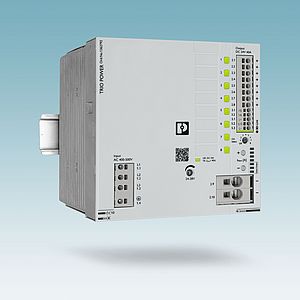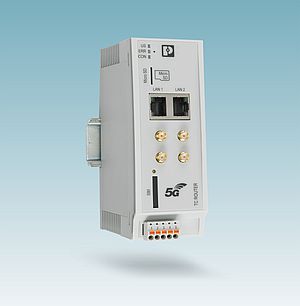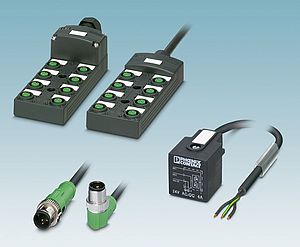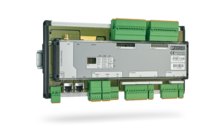The current measuring transducers in the ECM UC product family from Phoenix Contact save users a lot of time with their intuitive device configuration via web-based management. For configuration, the device is simply connected to the PC via a standard USB-C cable; no additional software is required. During the configuration process, the USB-C cable supplies both data and power to the device. No external 24 V DC supply is required to operate the current transducer. Intuitive menu navigation makes it easy to set up the unit. In addition, the live measurement data of the current components, such as AC and DC currents, can be visualised simultaneously in different windows. The transducer settings are stored in a configuration file and can be easily imported to other instruments, allowing quick commissioning of multiple units with the same configuration.
Frequency ranges for optimised measurements
The ECM UC Series current transducers measure DC, AC and distorted currents using the true RMS measurement principle. For optimised AC current measurement, the products have four different frequency ranges from 10 to 100 Hz to 10 to 1000 Hz. The devices provide precise measurement results with a conversion error of <0.5% in all measurement ranges from 0 to 100 mA up to max. 0 to 100 A.
Analog and digital output versions
The ECM UC product family not only includes devices with classic analogue output signals, but also versions with the proven digital Modbus/RTU and Modbus/TCP interfaces. For example, to change the configuration or retrieve measurement data, the transducers can be easily addressed in the network via an IP address. Measurement data can be imported as CSV files for further analysis. With an extended operating temperature range of -40 to +60°C, the units can be used in extreme climatic conditions. With significantly increased air and creepage distances, the current transducers operate reliably even at high altitudes of up to 4,000 metres. The supply voltage range of 9.6 to 30 V DC ensures stable operation even in highly fluctuating networks.































